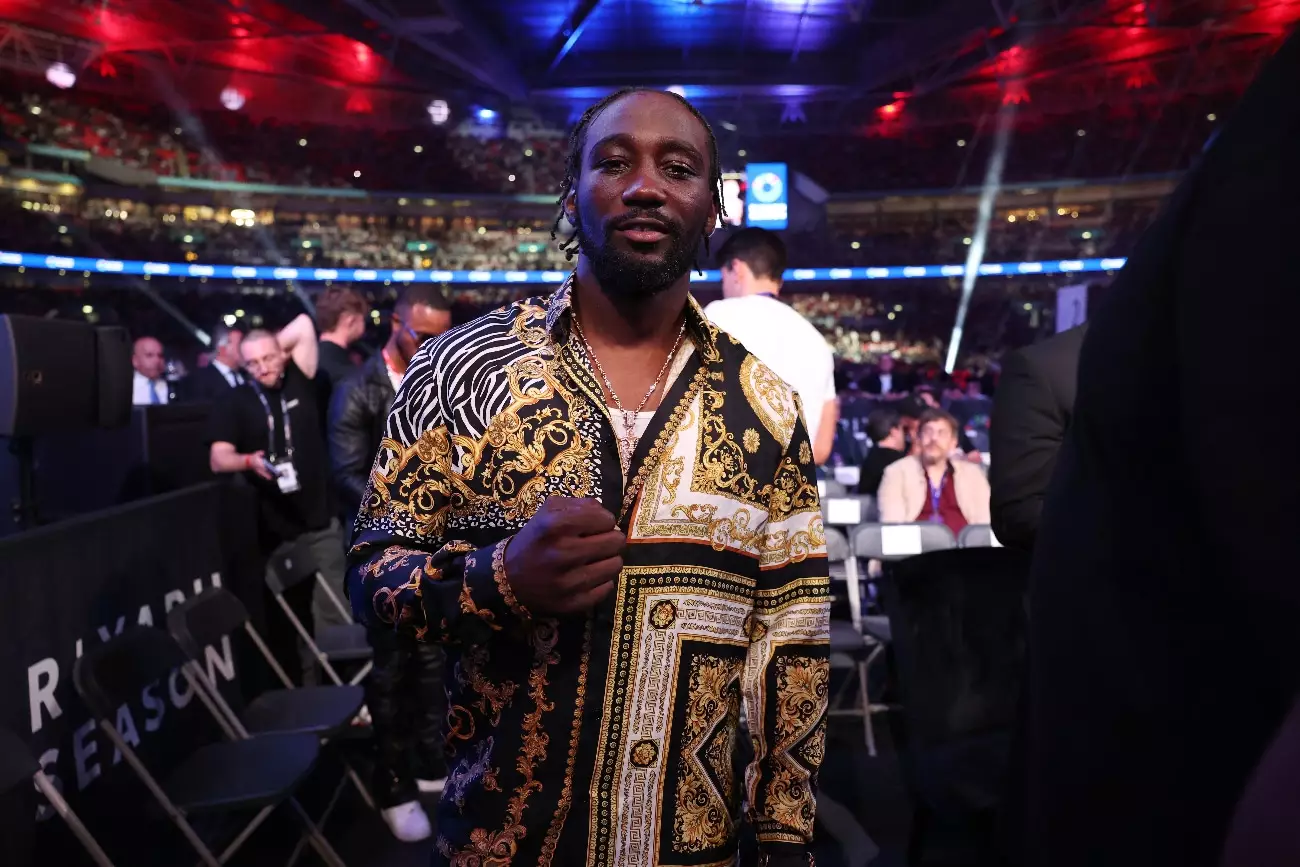In the boxing universe, few matchups command as much attention as a clash between two pound-for-pound greats, and the highly anticipated showdown between Terence Crawford and Canelo Alvarez is no exception. Scheduled for September, this mega-fight has become a point of fascination for fans and analysts alike. At this juncture, questions arise not just about the competitiveness of the matchup, but also about the strategic pathways that could lead Crawford to a major upset over his storied opponent.
Age and Size: The Challenges Faced by Crawford
Crawford, with an immaculate record of 41 wins and no losses, stands at 37 years of age, considerably older than the Canelo, who boasts an impressive tally of 62 victories. The size disparity in weight classes poses another layer of complexity. As Crawford transitions to a weight class where Canelo reigns supreme, the notion of being overmatched is more than a matter of conjecture; it’s a reality that many boxing experts acknowledge. In comparison, Canelo has faced and triumphed against formidable opponents who boasted significant knockout power, establishing a clear reputation for being a fighter hard to outmatch, even for those with substantial accolades.
One of the more glaring issues in this matchup lies in the power and offense capabilities of Crawford. Historical performances against fighters like Edgar Berlanga and Jermell Charlo showcase that even significantly punchy opponents have faltered against Canelo’s offensive prowess. Crawford’s power is relatively subdued in comparison, which raises serious doubts about his ability to cause Canelo any tangible concern inside the ring. If we considered Crawford’s needs in this fight, achieving a sudden transformation into a knockout artist, akin to Gennadiy Golovkin, seems improbable. The stakes are high, and the road ahead daunting for the older fighter.
Against conventional wisdom, Crawford’s camp may argue that strategic moving and counter-punching skills present an avenue for success. However, after scrutinizing his past performances, questions linger about his durability and agility, especially in a debut move up two weight classes. In his last fight at 154 pounds, many observers hinted at physical decline—indicating a potential vulnerability that cannot simply be overcome with skill alone. Sure, an underdog story fuels the fire for boxing narratives, but the reality of training and performance speaks volumes more than fantasy aspirations.
To the boxing community, the matchup against Canelo serves as the ultimate test: not just for Crawford’s skills but also as a reflection of his legacy as a four-division champion. Whereas some fans still hope for a miraculous comeback or brilliant upfront tactics that could stun the paid audience, a significant number express skepticism towards the true competitiveness of the match. Emotions run high, with many fans favoring more feasible contenders like David Benavidez or David Morrell, who could likely take on Canelo with more credibility.
The fight encapsulates a wrestling match between legacy and reality. While Crawford’s accolades provide a strong foundation, the weight of fight dynamics begs a more grounded analysis of capability amid age and size barriers. Should Terence Crawford and his supporters establish a telling strategy that leans on skill and agility, fans might just witness a more competitive affair than anticipated. But if the fight unfolds as predicted, it serves as a clarion call reminding us of the unyielding nature of the sport, where all the desire and strategy in the world may not change the outcome engraved by weight and power. Ultimately, supporters must brace themselves for a reality-check come fight night—where celebrity status meets tangible performance in the squared circle.


Leave a Reply